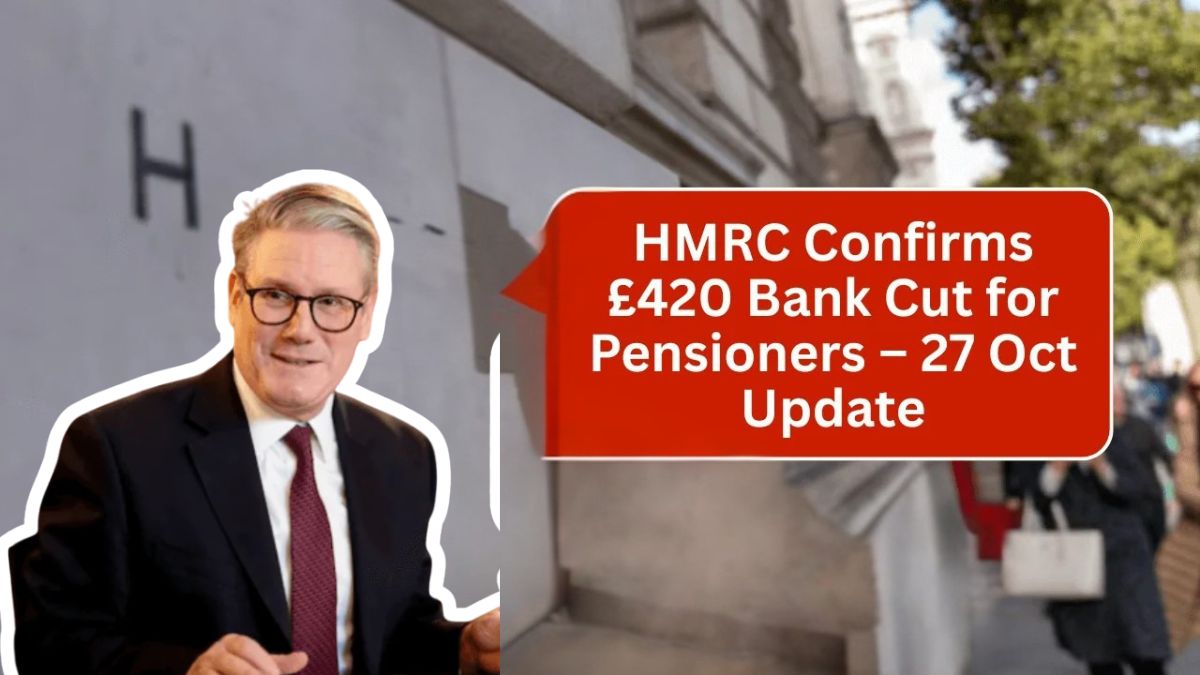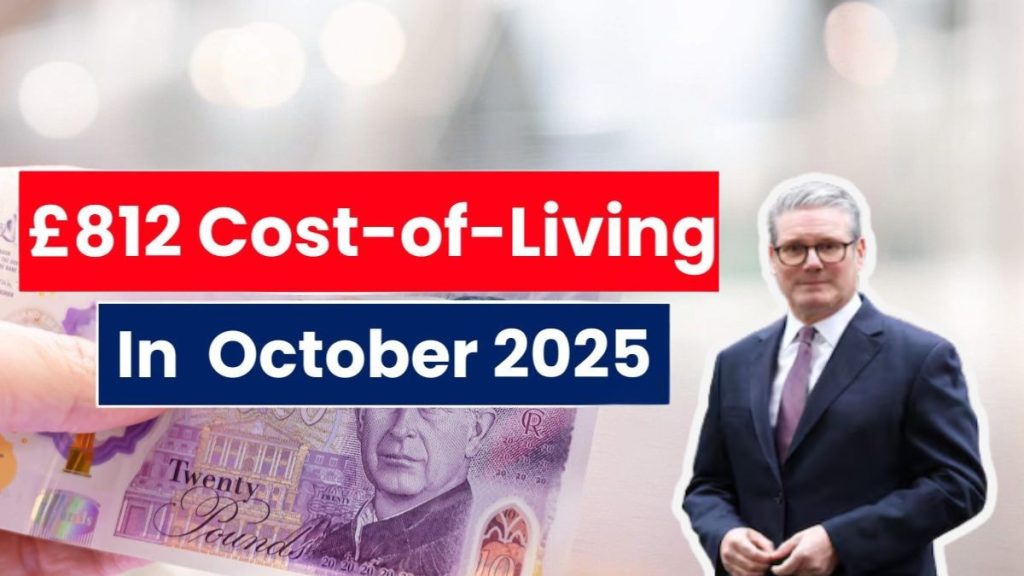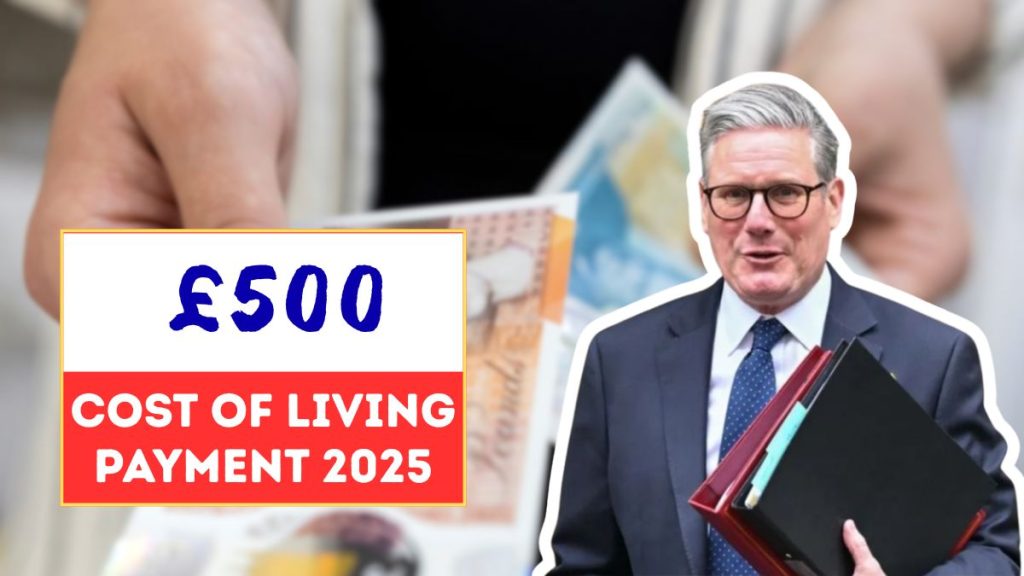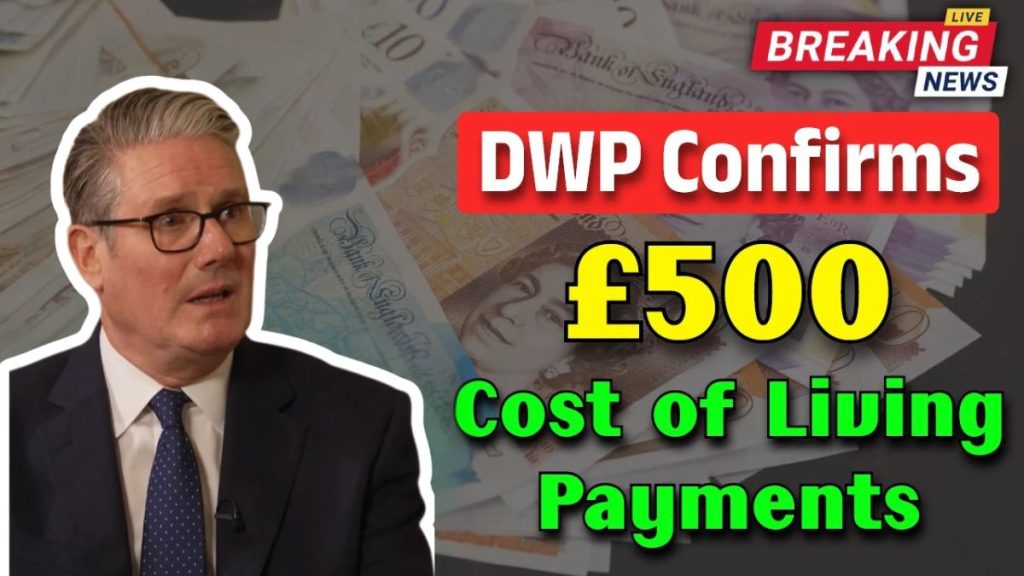With the cost of living crisis continuing to pressure UK households, many people are eager for clarity about the much-discussed £725 Cost of Living Payment 2025. Despite what some may assume, this is not a one-off cash payment or a temporary grant like the previous emergency reliefs.
Instead, the £725 figure represents a permanent annual increase to the Universal Credit standard allowance, marking the largest real-terms uplift in over four decades. This structural reform, part of the government’s Universal Credit Bill, aims to strengthen the welfare safety net and help millions of low-income and out-of-work households achieve better financial stability.
What Is the £725 Cost of Living Payment 2025?

The £725 figure stems from the government’s “Plan for Change” initiative, which seeks to rebalance and modernise the UK welfare system.
| Feature | Details |
|---|---|
| Payment Type | Permanent increase to Universal Credit (UC) standard allowance |
| Value | Estimated £725 annual income boost by 2029/30 |
| Beneficiaries | Around 4 million households on Universal Credit |
| Legislation | Universal Credit Bill (part of Plan for Change) |
| Implementation Period | April 2025 to 2029/30 |
| Objective | Raise living standards and strengthen employment incentives |
This is not a cash deposit arriving in one go — it is a gradual and ongoing uplift to benefit levels designed to outpace inflation, ensuring that households experience real income growth over time.
Why This Reform Is So Important
The Universal Credit Bill represents the biggest overhaul of the welfare system since 1980. For years, welfare payments have barely kept pace with inflation, leaving millions struggling to cover essentials.
The government says this reform will:
- Increase long-term financial security for low-income families.
- Encourage employment participation by making work more rewarding.
- Protect vulnerable individuals through inflation-linked safeguards.
According to the Department for Work and Pensions (DWP), the reform “puts fairness and opportunity at the heart of the benefits system,” ensuring that work pays while maintaining robust support for those unable to work.
How the £725 Uplift Will Be Implemented
The £725 figure reflects the cumulative value of annual increases between 2025 and 2029/30, rather than an immediate payout.
Key Implementation Points:
- Start Date: April 2025.
- Phased Rollout: Gradual increases each year, maintaining pace with or above inflation.
- Full Effect: By the 2029/30 tax year, a single adult over 25 on Universal Credit will receive roughly £725 more annually than they would have under inflation-only adjustments.
- Purpose: To ensure lasting improvement rather than short-term relief.
Experts at the Institute for Fiscal Studies (IFS) describe the policy as the most meaningful welfare increase in a generation — one that “offers predictable, sustained support instead of temporary crisis payments.”
Who Will Benefit from the £725 Increase
Nearly 4 million Universal Credit households are expected to benefit from this structural uplift.
The changes will primarily help:
- Working-age adults on low incomes or out of work.
- Families balancing childcare and employment.
- Individuals with disabilities or long-term health conditions.
The reform also includes strong protections for vulnerable groups, such as:
- 200,000 people with severe, lifelong disabilities who will no longer face reassessments.
- Claimants with a life expectancy under 12 months, who will be exempt from reviews and continue to receive full payments.
- From 2026/27 to 2029/30, these payments will rise with or above inflation, preserving their real value.
“Right to Try Guarantee” – Empowering Disabled Workers
A defining feature of the reform is the introduction of the Right to Try Guarantee — a new legal protection that allows disabled people and those with health conditions to try working without fear of losing their benefits.
Key Details:
- Claimants can take up employment without immediate reassessment.
- If the job doesn’t work out, their benefits remain intact.
- The initiative is part of a £3.8 billion investment in the government’s Pathways to Work programme, providing training, job placement, and skills support.
This approach addresses long-standing concerns that strict benefit rules discouraged people from testing the job market. The guarantee removes that fear, making work a more realistic option for thousands.
Rebalancing Universal Credit: Health and Core Elements
The Universal Credit Bill also restructures how benefits are allocated, prioritising the core standard allowance while maintaining essential protections for those with health-related needs.
Key Rebalancing Measures:
- From April 2026, new claims will include a £50-per-week health top-up.
- Existing recipients will keep their higher legacy rates.
- New claimants with severe or terminal illnesses will also receive enhanced support.
This balance strengthens the foundation of Universal Credit while safeguarding those who require additional health-related assistance.
The Bigger Picture – Why It’s Called the “£725 Cost of Living Payment”
The term “£725 Cost of Living Payment” can be misleading. Unlike the one-off DWP grants distributed between 2022 and 2024, this is not a direct lump-sum transfer.
Instead, the figure symbolises the estimated total value of additional annual income that Universal Credit recipients will enjoy by 2029/30 due to these reforms.
This makes it a permanent uplift, not a temporary measure — a key distinction that underscores the government’s shift from reactive crisis aid to proactive income support.
Economic and Social Impact
Economists see the reform as a strategic investment in social mobility and economic stability.
- It offers predictable income growth to families who have faced years of stagnant benefits.
- It helps reduce dependency on emergency top-ups, improving long-term welfare sustainability.
- It provides incentives to work, addressing the problem of welfare traps that discourage employment.
For millions navigating inflation and rising costs, this structural change signals a more dependable form of financial relief.
FAQs – £725 Cost of Living Payment 2025
1. Is the £725 payment a one-time grant?
No. It’s a permanent increase in Universal Credit payments, phased in over several years — not a one-off cash deposit.
2. When does the increase start?
Implementation begins in April 2025, with full effects visible by 2029/30.
3. Who qualifies for the uplift?
All Universal Credit recipients, including working-age adults, families, and people with health conditions.
4. What is the “Right to Try Guarantee”?
It’s a new legal protection allowing disabled people to attempt employment without losing benefits, backed by £3.8 billion in support funding.
5. Will existing health element claimants lose money?
No. Those already receiving the UC health element will retain their higher rate, and future claimants with severe conditions will remain protected.














